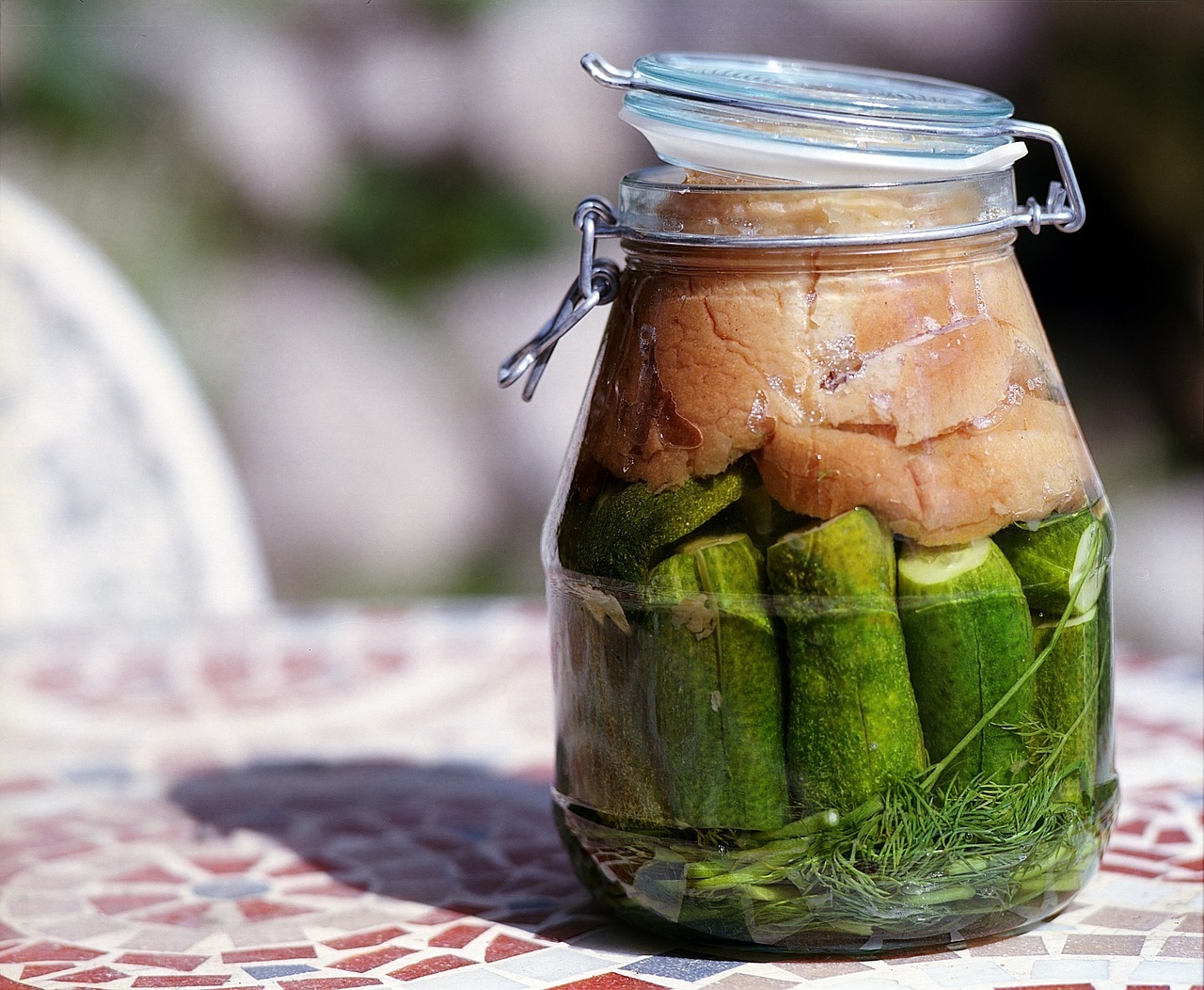Ever since ancient Egyptians needed to create cheese, they found the real fermentation benefit. It has been an ancient procedure that includes adding germs to milk or other fermented foods. Most of it comprises milk that can become butter or cheese.
The fermentation procedure takes some time and gives people incentives to keep freshly cooked food that otherwise would be perishable. However, fermentation has become a straightforward procedure for the rural population with direct exposure to enzymes and bacillus that promote it. Even for people who live in the city lines, fermentation can become a daily motion issue if they can find the right place to store food for future use. Let’s now check which is the best way to ferment food you wouldn’t use otherwise.
1-Microorganisms
Some of these microorganisms are naturally present in our bodies. They are lactobacillus that can react with carbs and proteins, giving them an extreme taste. Another great benefit of this procedure is that it creates some natural preservatives that make food intact through time. They need less temperature to continue the fermentation reactions and guarantee that you will receive a final product that could be superior to your ambitions. A popular fermented product is a bread that used yeast to activate the bacillus in flour. In this way, people can have bread that lasts for several days and is not perishable on the same day of production.
2-Prebiotics
Milk loves prebiotics that is a type of bacteria present in the human gut. These prebiotics can give the milk its ambition to turn into yogurt. People who face gastrointestinal issues can have this prebiotics received through specific medications. In that way, they can do the fermentation process in their bodies and consume lactose that would otherwise cause plenty of problems to their organism.
3-Anaerobic Bacteria
Scientists also know that anaerobic bacteria can ferment food. These bacteria are either clostridium or other microbes that use no oxygen to live and reproduce. These bacteria can invade certain foods and make them fermented. One of the most popular fermentation in cheeses has been the one made by Penicillium Roqueforti. That is the main way people in France create the world-famous Blue Cheese. These germs are anaerobic, so cheese-makers can keep the mixture in places where no oxygen exists. The fermentation process’s subproducts are carbon dioxide that gives Blue Cheese the famous holes in its surface.
4-Acetic Acid- Lactic Acid- Ethanol
Many other chemical substances can ferment foods. Acetic acid can give you vinegar, lactic acid can also give you cheese, and ethanol can wine. Check here Chemistry Database Blog. These are fermentation subproducts that give you some of the precious types of foods and beverages. People could never have grown up so quickly and create a viable civilization, should the fermentation procedure was inactive for some reason. The most delicate products from many countries are fermented to some point. On the other hand, some people face fermented products (especially those who suffer from gastric ulcers), but only a small portion of the whole population.
Conclusion
Even though most people live in cities, the fermentation process can always make them look happy. Every person can organize his fermentation procedure and produce cheese, yogurt, and wine at his own will. You don’t even need to have specialized chemical knowledge to mix simple food with bacillus and germs.
For as long as you enter these procedures, you need to have a separate room in your house, with particular types of temperature, humidity, and light control. Remember that the best-fermented foods can keep you and your family alive for many weeks. So in case of emergency, it would be better to have lost fermented food than fresh ones.

